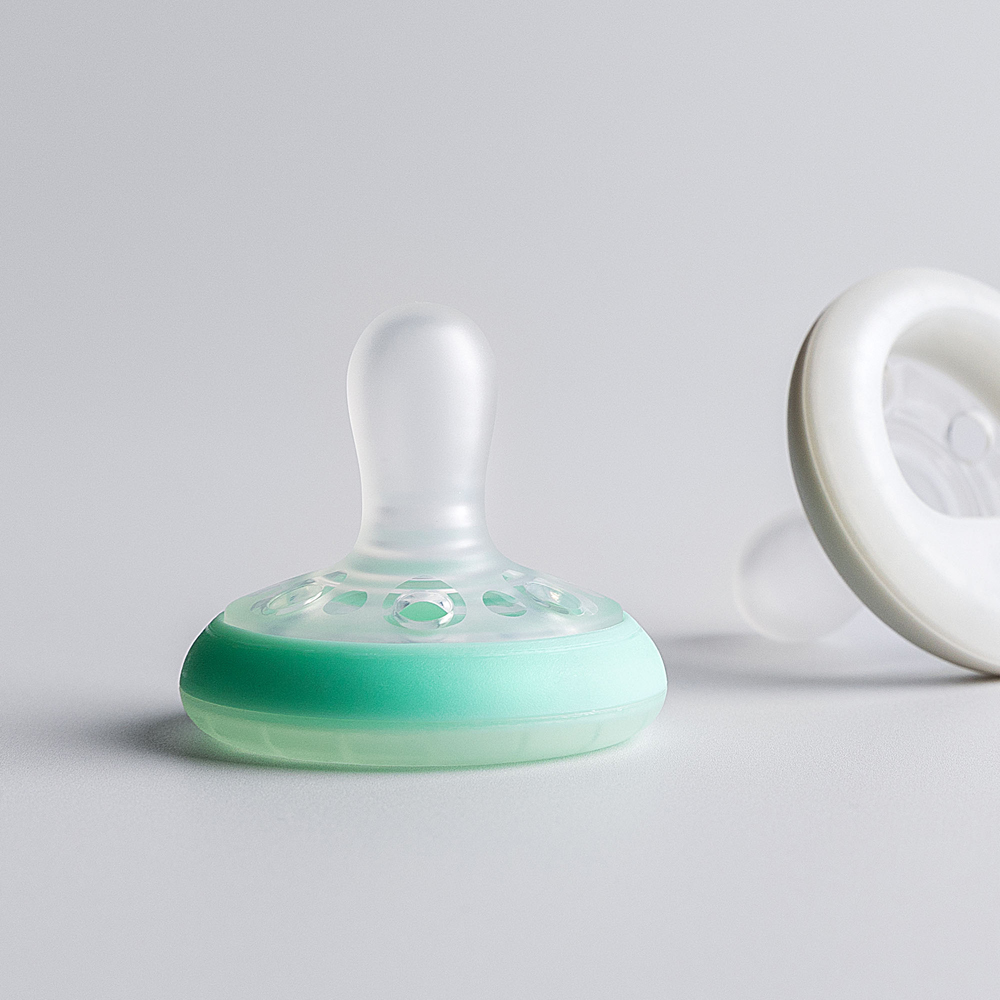Recognizing the Reasons Behind Your Toddler’s Tears
Understanding why your toddler cries is key to addressing their needs. Toddlers often cry due to hunger, pain, or discomfort. Sometimes, they are simply tired or overstimulated. Feelings of stress, frustration, or the need for attention can also cause tears. Recognizing signs of separation anxiety is important too.
Hunger is a common reason for toddler tears. If meal time is near, consider if your toddler might be hungry. Pain or discomfort can make toddlers cry, too. Look for signs that they might be in pain, like ear tugging or stomach clutching.
Tiredness often leads to crying in toddlers. If they rub their eyes or lose interest in play, they might need rest. Overstimulation from noise, activity, or crowds can overwhelm toddlers and result in tears.
When toddlers get stressed or frustrated, it can be over something as simple as a toy not working. They need help managing these tough emotions. If they cry and there seems no clear reason, they might just want your attention. Separation anxiety is also a reason for tears, especially if they are between 12 to 20 months old.
Finally, try to notice any patterns in your toddler’s crying. This can help identify specific triggers. Remember, crying is how toddlers communicate. It’s our job as parents to decode their messages.

Strategies for Calming a Crying Toddler
Calming a crying toddler can be challenging, but there are effective strategies that can help. Here are some techniques to comfort your child and ease their tears:
Stay Calm and Offer Comfort
It’s crucial to remain composed when your toddler cries. Try to soothe them with a calm voice and gentle touch. Hugs or holding your child can provide the reassurance they need to feel secure.
Check Basic Needs
Ensure that your toddler isn’t hungry, thirsty, or in need of a diaper change. Addressing these basic needs can often stop the crying quickly.
Create a Quiet Environment
Reduce noise and distractions around your toddler. A quiet space can help them relax and recover from overstimulation.
Establish Routines
Regular nap times and meal schedules can prevent tiredness and hunger, which are common causes of crying.
Use Distraction Techniques
Engage your toddler with a favorite toy or a new activity. Distraction can redirect their attention away from the cause of crying.
Speak in a Positive Tone
Talk to your toddler in a positive, reassuring manner. Use simple words and phrases to convey your message clearly.

Offer Choices
Giving your child options can reduce frustration. Let them choose between two things, like which shirt to wear or snack to eat.
Acknowledge Feelings
Validate your toddler’s emotions by acknowledging how they feel. Saying ‘It looks like you’re upset’ can help them recognize and express their feelings better.
Praise Good Behavior
When your toddler stops crying, praise them for calming down. Positive reinforcement can encourage them to manage their emotions.
Implementing these strategies consistently can reduce the frequency and intensity of a toddler’s crying. Patience and consistency are key in helping your toddler navigate their emotions and communicate more effectively.
The Role of Emotional Intelligence in Managing Toddler Crying
Understanding your child’s emotions is key in managing their tears. Emotional intelligence (EI) is crucial for parents to help toddlers deal with strong feelings. Here’s how EI can play a role:
Recognize Emotions
Observe your child’s behavior to identify their emotions. Are they sad, frustrated, or feeling overwhelmed?
Validate Their Feelings
Let your toddler know it’s okay to feel upset. Use simple phrases like ‘You’re sad because…’ to acknowledge their emotions.
Teach Self-Expression
Guide your toddler to express feelings with words. Saying ‘I’m angry’ is a step in learning to communicate emotions.
Model Emotional Regulation
Stay calm when your toddler is upset. Show them how to take deep breaths and calm down.
Encourage Empathy
Help your child understand others’ feelings. Say, ‘Your friend is sad when you take their toy.’
Reinforce Positive Behavior
Praise your toddler for using words instead of crying. Rewards can reinforce better emotional responses.
Emotional intelligence is not just about reducing crying. It’s about equipping your toddler with the skills to handle emotions in a healthy way.

Dealing with Public Tantrums and Emotional Outbursts
Managing a toddler’s public tantrums can be stressful for any parent. Here are strategies to handle these situations:
Stay Calm and Collected
When your toddler has an outburst, keep your cool. A calm demeanor can de-escalate the situation.
Acknowledge Their Feelings
Even outside, tell your child it’s okay to have strong feelings. Use simple phrases like ‘I see you’re upset’.
Offer a Distraction
Redirect their attention with a small toy or snack. This can sometimes stop a tantrum in its tracks.
Move to a Quieter Spot
Find a less busy area. This can help your toddler feel less overwhelmed and calm down faster.
Explain the Behavior Expected
In simple terms, tell them what is acceptable. For instance, ‘We use indoor voices here’.
Be Consistent with Consequences
If a rule is broken, follow through with a pre-set consequence. Consistency teaches boundaries.
Give Them Time to Cool Off
Allow your child a moment to regain composure. This teaches them self-regulation over time.
Use Praises for Calm Behavior
When they calm down, praise them for regaining control. Positive reinforcement can encourage better behavior.
Keep the Outing Short
Limit time in stimulating environments. Shorter visits can prevent overstimulation and reduce tantrums.
Remember, handling public tantrums is about staying composed and helping your child learn from the experience.
Establishing Effective Communication to Reduce Crying
Effective communication is essential for reducing toddler tears. When children understand and are understood, it can ease their frustration and lead to fewer tears. Here are strategies to foster communication and reduce your toddler’s crying:
Encourage Use of Words
Teach your toddler simple words for their feelings and needs. This helps them express themselves without crying.
Lead by Example
Use clear language and maintain eye contact when talking with your child. This shows them how to communicate effectively.
Be an Active Listener
Listen to your toddler attentively. Respond to their efforts to communicate, encouraging more verbal expression.
Use Visual Aids
Pictures and gestures can help toddlers understand and convey their message when words fail them.
Simplify Language
Speak in short, simple sentences. This makes it easier for toddlers to follow and mimic.
Repeat and Clarify
If your toddler struggles to verbalize, repeat what you think they are trying to say for confirmation.
Stay Patient and Consistent
Keep encouraging your toddler to use words. Over time, they will rely less on tears to communicate.
By applying these methods, you provide your child with tools to share their thoughts and feelings more effectively. As their ability to communicate grows, you may notice a natural decrease in crying episodes. Remember, patience is key, as each child develops at their own pace.
Tackling Common Triggers of Toddler Tears
Identifying common triggers can reduce your toddler’s crying. Let’s tackle the most likely causes:
Recognize Hunger Signs
Toddlers can’t always say if they’re hungry. Crying can be a sign. Offer healthy snacks regularly to keep hunger at bay.
Address Discomfort
Unseen pain, like teething or earaches, can cause tears. Check for signs of discomfort and soothe as needed.
Ensure Enough Rest
Lack of sleep leads to crankiness. Keep a consistent nap and sleeping schedule to prevent overtiredness.
Manage Overstimulation
Too much noise and activity can overwhelm. Create calm spaces and downtime to help them cope.
Help with Frustration
Toddlers get easily upset when they can’t do things. Guide them patiently to prevent breakdowns.
Be Present
Sometimes, your toddler just needs your attention. Spend quality time together to show they matter.
Understand Separation Anxiety
Fears of being apart can spark tears. Practice short goodbyes, and return when promised to build trust.
By being proactive with these triggers, you can lessen your toddler’s crying and improve their comfort and happiness.
Seeking Professional Help: When to Consult a Pediatrician
Knowing when to seek medical advice is crucial for your toddler’s health and wellbeing. Here are signs to watch for that indicate it may be time to consult a pediatrician:
Persistent Crying Unexplained by Common Triggers
If your toddler’s crying isn’t due to hunger, discomfort, or tiredness and persists, see a doctor.
Physical Symptoms Accompanying Crying
Fever, ear tugging that might signal an infection, or other physical signs require a pediatric visit.
Developmental Delays Noted Alongside Crying
If crying occurs with delays in talking or walking, a pediatric evaluation could be necessary.
Changes in Eating or Sleeping Patterns
A sudden change in appetite or sleep that causes crying should be discussed with a pediatrician.
Excessive Crying Affecting Daily Activities
When crying disrupts daily routines consistently, professional help may provide relief and solutions.
Crying Paired with Behavioral Changes
Noticeable shifts in behavior or mood accompanied by crying are reasons for a pediatric consultation.
Remember, you know your child best. Trust your instincts and don’t hesitate to seek help if you’re concerned. Pediatricians can guide you and provide peace of mind or necessary interventions. Open communication with your healthcare provider will support your toddler’s health and development.
Supporting Your Child Through Developmental Milestones and Crying Phases
Supporting your child as they grow is important. Developmental milestones often come with new crying phases. Each stage of growth may trigger different reasons for tears. Understanding these can help you respond better.
Here’s how to support your toddler through these phases:
- Expect New Challenges: As toddlers reach new milestones, they’ll face new challenges. This can cause frustration and result in crying. Be ready for these shifts.
- Stay Informed: Learn about typical behaviors for your toddler’s age. This knowledge can prepare you for what’s normal at each stage.
- Patient Guidance: Offer patient guidance as they learn new skills. They might cry out of frustration. Show them it’s okay to try and fail.
- Spot Signs of Readiness: Look for signs that they’re ready to progress. This could reduce crying linked to pushing them too fast or holding them back.
- Calm Reassurance: Provide calm reassurance when they face obstacles. This can reduce anxiety that comes with new experiences.
- Celebrate Small Wins: Celebrate their small victories. This encourages them and makes new challenges less daunting.
- Comfort Through Change: Offer extra comfort as they go through changes. Whether it’s starting daycare or giving up naps, changes can be tough.
By being proactive during each developmental phase, you can make transitions smoother for your toddler. This, in turn, can lead to less crying. Remember, your support and understanding are key in helping your child grow confidently.



